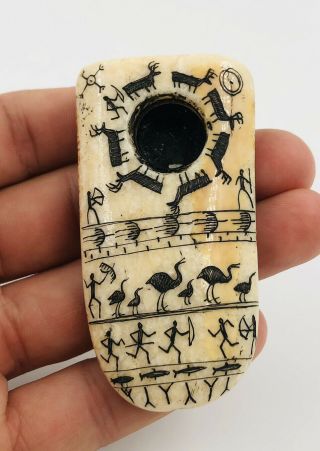Rare Miohippus Jaw Sections, Early Large Horse Fossils, South Dakota, H516
Item History & Price
| Reference Number: Avaluer:16016448 |
Locality: Private land in Pennington County, South Dakota
Age: Upper Eocene/ L. Oligocene, 35 Million Years Ago
Ruler increments are 1/16 inch.
Your fossil will be sent with your invoice r...eceipt in a padded bubble mailer, with ID label by USPS First Class Mail with Delivery Confirmation.
International buyers should contact me about international shipping of multiple items before paying as the price is based on the total weight of the items.
Equidae
Primitive horses, Mesohippus and their relatives
Of all the fossils found in the White River Badlands, those of equids or horse-like mammals remain among the most popular. Because of the wealth of material available from numerous fossil beds in North America that span multiple epochs, major changes in equid skull and foot morphology became the basis for a long-held model of gradual evolution that was depicted in countless early books on paleontology. Since 1972, however, modern paleontologists view the evolution of equids as one of the best examples of "punctuated equilibrium". In this theory, the morphology of sexually reproducing animals changes little over time until environmental factors cause them to change rapidly over a short period of time. This striking change from the small earliest equids less than a foot tall, to the large, present day equids of Africa and Asia is arguably one of the best examples of punctuated equilibrium known. For equids in North America, punctuated equilibrium is based upon the understanding of a complete series of high quality fossils spanning a virtually unbroken lineage over at least 55 million years. Equids found in the White River Badlands represent the early to middle stages of equid evolution.
Living equids are large, long-lived animals, built for swift locomotion over hard surfaces. Their teeth are high crowned and specifically adapted for cropping and grinding coarse, silica-rich grasses. Digestively, modern equids are hind-gut fermenters whose digestive system processes food quickly, forcing them to roam constantly in search of high quality food. All but one living species of equid are social, with herds of female and young, and herds of non-breeding males present for most species. Breeding is restricted to a small class of mature males. Today living equids are only found in Africa and Asia; "wild" horses found in the American West are feral horses derived from domestic stock that has reverted to the wild.
Historically all White River equids include both primitive North American Hyracotheriinae and Anchitheriinae forms as well as larger, more modern Equinae. Subsequent genera have many adaptive morphologies and few character traits can be used to describe all members of the family. The earliest member of this family, the beagle-sized Hyracotherium, called Eophippus in older books, is now thought to have originated in Europe, arriving in North America across a corridor connecting Greenland to northern Europe that disappeared during the Eocene. This genus was very primitive dentally and post-cranially, and had four functional digits on each foot. Later equids of the Charonian through the Arikareean NALMA had three digits on each foot and a body built for speed in a predator-filled environment. The fourth toe of Hyracotherium disappeared as its habitat started drying.
Mesohippus bairdi represents the most commonly found equid in the White River Badlands. Hyracotherium, the first American "horse", appeared in the early Eocene of the White River Badlands but like other hyrocotherines, did not survive into the Chadronian. Instead, they were replaced by anchitherine equids such as Mesohippus and Miohippus, both larger, more advanced equid genera than the primitive hyracotherines.
Dentally the teeth of Mesohippus changed from the basic triangular shape of Hyracotherium's premolars to those of later hyracotherines and early anchitherines and all upper and lower cheek teeth, although short, become molariform. Such dentition, although still different from the large, elongated teeth of later and present day equids (zebras, asses and horses), showed that it fed upon soft vegetation, unlike the rigid flat teeth that allow modern equids to feed on course, silica-rich grasses. Both Mesohippus and Miohippus are considered primitive equids whose low-crowned teeth caused them to behave as forest-dwelling browsers and resemble the modern duikers of African forests. In Chadronian and Orellan formations of eastern Wyoming, Mesohippus is far less common than in locations in South Dakota and Nebraska, and Miohippus rarer still.
As North America continued to cool and become drier, the molarized teeth of Mesohippus and other anchichracine equids of the White River Badlands evolved into more specialized hypsodont dentition of more advanced equines which were suitable for grazing on the new grasses of North America's savannas. Such an approach, while agreeing with the idea that rapid evolution among equids was not forced to occur until the advent of hypsodonty and the appearance of extensive grasslands during the middle Miocene, this does not provide for the potential of primitive species like these to inhabit more open-country biomes where they would have to feed on bushes, herbaceous shrubs and other ground covering plants.
In many Tertiary fossil sites in North America, fossil equids are the most commonly encountered medium to large mammal found. This is particularly true in late Miocene sites when horses reached their maximum diversity; some sites record as many as twelve apparently sympatric species. Although equids had a widespread paleo-geographic distribution that resulted in at least three separate dispersal events into the Old World during the Miocene, the principle center of their diversification remains in North America. In future revisions, consideration of the taxonomic and ecological diversification of this broad family, and especially the later equines, should be compared to that of the extremely diverse living Bovidae in Africa where feeding niches are divided not only into differences in species of preferred vegetation but also in blade lengths of the same species of grasses. If proven, such considerations may find both primitive and advanced New World equids filling some of the niches of duikers and other small bovids that live side by side with grazing antelopes, gazelles, sable, kobs, buffalo and bush-loving spiral-horned antelope.
Written by Alan S
00025



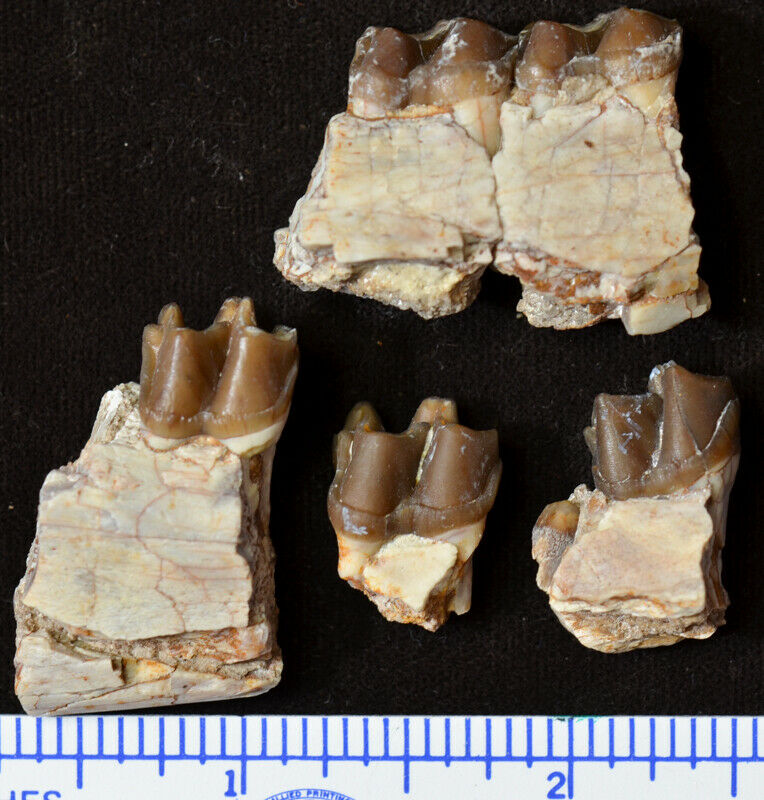
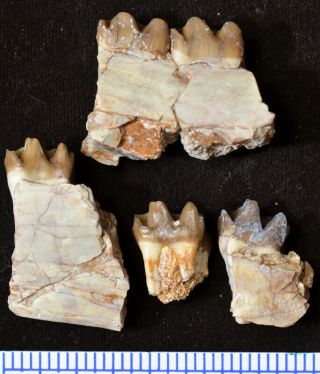
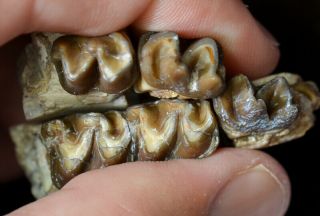
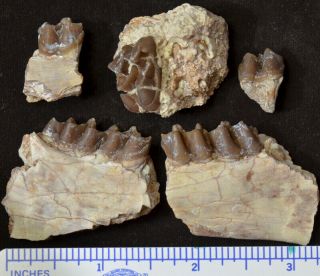
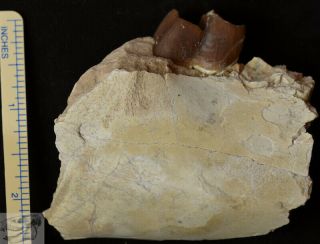
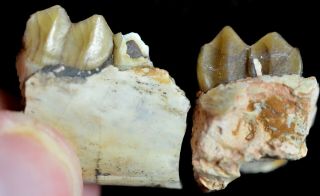
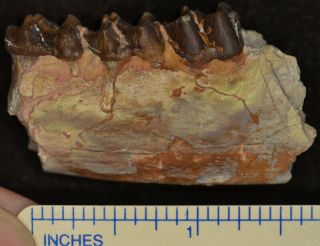
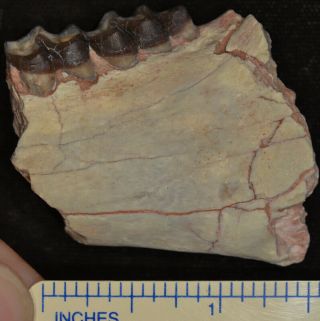
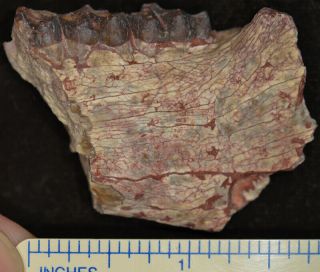
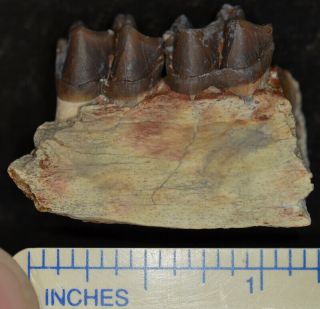
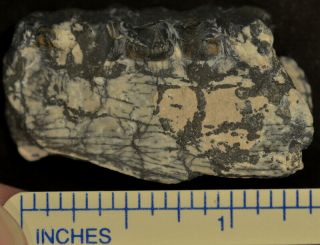
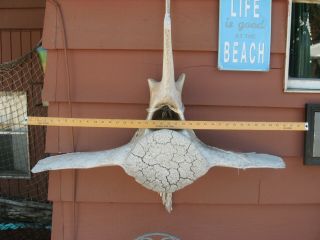
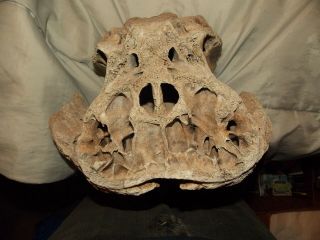
![[mh2] Saber Tooth Cat Tiger Tooth Fossil Canine](https://pic-b.avaluer.net/imgstmb/d/k/s/f/r/-mh2_saber_tooth_cat_tiger_tooth_fossil_canine-1_20_tmb.jpg)
![[htsh055] A, Rare Saber Saber - Toothed Cat Megantereon Skull Fossil](https://pic-j.avaluer.net/imgstmb/d/x/d/r/d/-htsh055_a__rare_saber_saber___toothed_cat_megantereon_skull_fossil-1_12000_tmb.jpg)
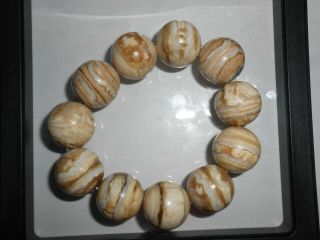
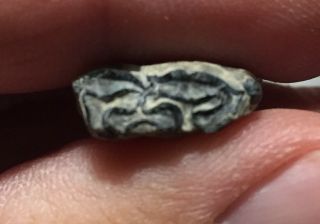
![[htsh051] Rare Machairodus Saber Saber - Toothed Cat Skull Fossil](https://pic-j.avaluer.net/imgstmb/d/x/e/e/r/-htsh051_rare_machairodus_saber_saber___toothed_cat_skull_fossil-1_12000_tmb.jpg)
